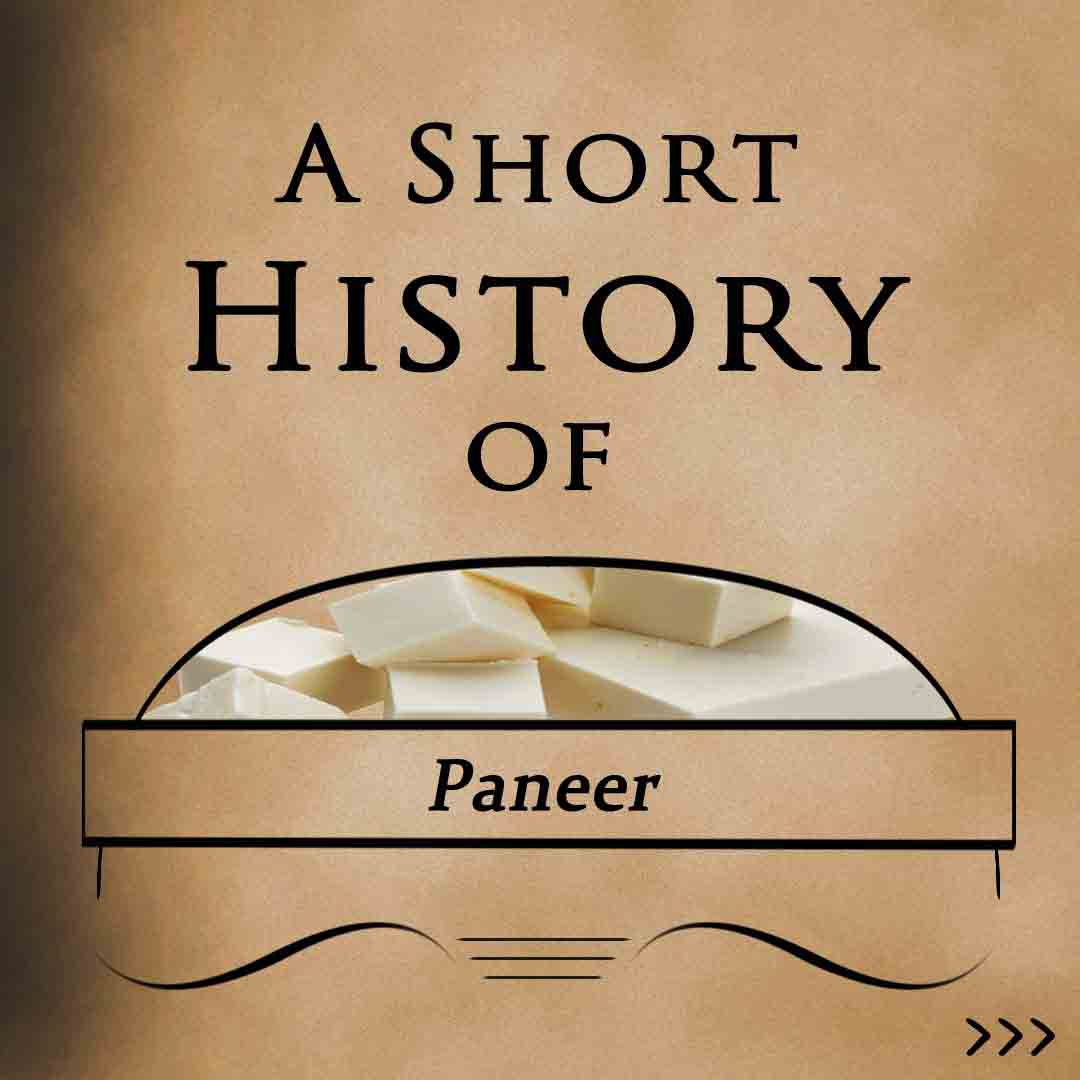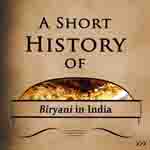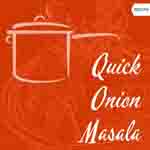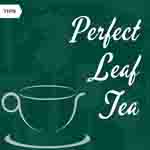
Paneer or Indian Cottage cheese as known globally has quite a fan following. Special occasions call for this special ingredient. I have generally observed that when it comes to Paneer dishes, they tend to receive exceptional love and attention when compared to other vegetarian options.
The perfect Paneer is soft yet holds its structure and has a slight sweet & sour taste to it. It is consumed in various forms as part of any of our meals such as appetizers, curries, salads, parathas (flatbreads), etc. There are now some world famous dishes made from Paneer as the star ingredient.
Making Paneer at home is also quite an easy process giving you fresh and ready to use Paneer in a short time. The by product i.e. whey while making Paneer can also be used in curries, kneading dough with, etc.
The name Paneer is derived from the Persian root word Panir.
Milk by itself has quite a short shelf life. It has been suggested that various cultures from across the world had different traditional methods of preserving milk in the form of cheese. As a general process of cheese-making, the milk is prepared and split into milk curd solids & whey using an acidic agent like citric acid, curd, lemon juice, etc.
Paneer is believed to have multiple origins due to presence of similar preparations across the globe. Now when it comes to its Indian origins there have been some theories suggested in our history. It was probably introduced in India around 16th - 17th century.
1. A theory suggests that Paneer was introduced in the northern region of India by the Afghan and Iranian (erstwhile Persian) rulers who reigned India. This is believed to be made by using curd, yoghurt or buttermilk as the splitting agent and using the milk curd solids obtained as Paneer.
2. Another theory suggests that it was the Portuguese who brought Chhena to the Bengal region, a preparation similar to Paneer but used primarily for making sweets. While making Chhena, lemon, vinegar or citric acid is generally used as a splitting agent. The splitting agent is added to hot milk to split the milk and the crumbled milk solids are used as Chhena.
3. Over the centuries, multiple regional techniques have been used to preserve milk resulting into different versions of Paneer like Chhurpi (from Himalayan region), Kalari and Kudan (from Jammu and Himachal), Bandel (from Kolkata), etc.
Indeed, Paneer is a delectable ingredient of our Indian kitchens and holds a special place in our cuisine.
Hope you enjoyed this brief story of the origin of Paneer in India.









